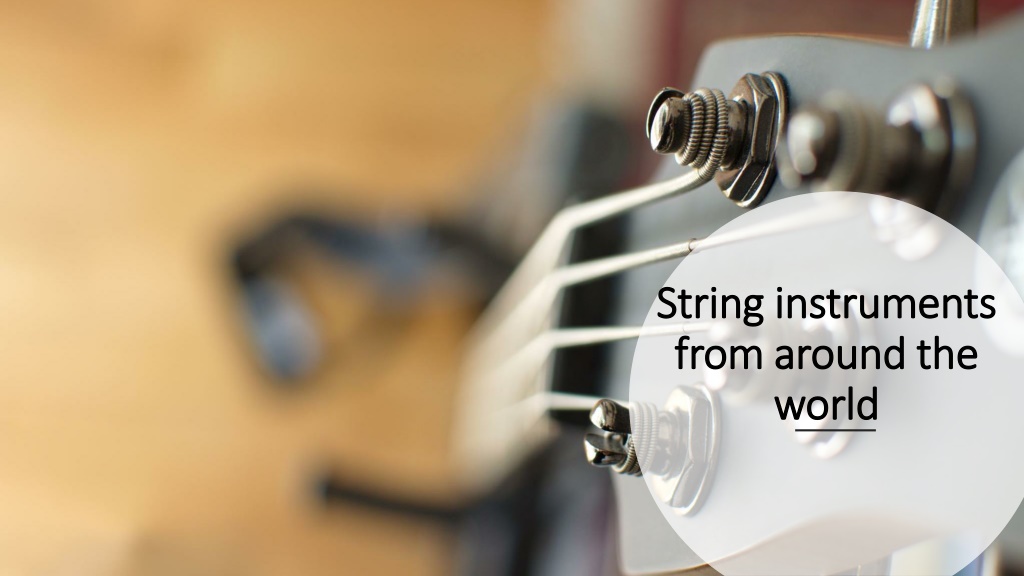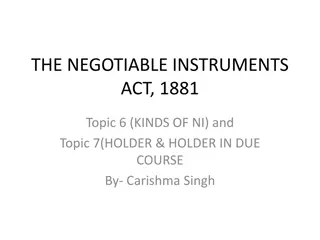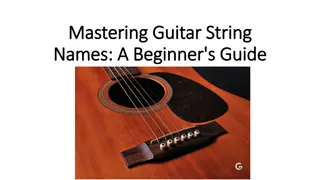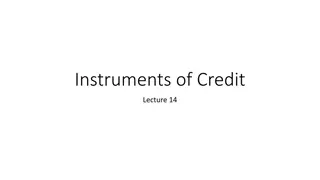Exploring String Instruments from Around the World
Delve into the enchanting world of string instruments from different cultures. Discover the Erhu from China, with its 4,000-year history and unique playing style. Explore the Morin Khuur from Mongolia, known for its horse-head design and pairing with throat singing. Journey to Pakistan to learn about the Rabab, a lute-like instrument with deep, powerful sound. Immerse yourself in the rich musical traditions and histories behind these captivating string instruments.
Download Presentation

Please find below an Image/Link to download the presentation.
The content on the website is provided AS IS for your information and personal use only. It may not be sold, licensed, or shared on other websites without obtaining consent from the author. Download presentation by click this link. If you encounter any issues during the download, it is possible that the publisher has removed the file from their server.
E N D
Presentation Transcript
String instruments String instruments from around the from around the world world
The Erhu - China
The erhu is one of the most important Chinese instruments, with a history of over 4,000 years. Though it has only two strings, it can convey a wide range of emotions. While the erhu has been called the Chinese violin, it differs from the western instrument in many ways. First, it is played vertically, often resting on the musician's lap. It has no fingerboard, so the player's fingers must hold and vibrate the strings by pressing only against the strings themselves. The erhu bow is already fixed between the two strings, and the bow hair is either pushed forward or backward to catch a string. The music resonates from the instrument s wooden drum, which acts as a natural amplifier. Intonation is one of the instrument s greatest challenges, as different positions and degrees of pressure can dramatically change the free-floating strings pitch.
The Morin Khuur & Throat Singing Mongolia
The literal translation of the instruments name is horsehead fiddle, as traditionally the neck of the morin khuur is carved into the shape of a horse. The instrument is played sitting down, held between the knees of the player. There are two strings on the morin khuur: one made of 130 hairs of a male horse and one made of 105 hairs from a female horse. Traditionally, the morin khuur was played while telling epic poems or stories, often performed by shamans. The instrument s hollow trapezoid-shaped body is attached to a long fretless neck bearing a carved horse head at its extremity. The soundboard is covered with animal skin, and the strings and bow are made of horsehair. The instrument s characteristic sound is produced by sliding or stroking the bow against the two strings. Common techniques include multiple stroking by the right hand and a variety of left-hand fingering. The music of the morin khuur often comes paired with throat singing. Not every morin khuur player is able to use throat singing. It is a separate discipline that requires years of training from a young age. Throat singing was a tactic used by Mongolian warriors.
Rabab - Pakistan
The Rabab is a lute like musical instrument originating from the part of the world that is now Afghanistan and Pakistan. Its name was derived from Arab language Rebab which means played with a bow . This is a plucked instrument with gut strings that give more power and deepness in its sound. It is approximately 3 feet long, made primarily of Tunn wood, which is similar to Red Cedar. The mellow yet piercing sound comes due to the it s hollow base which is covered with animal skin. The Rabab comes in several styles, shapes, and sizes. It can be dated back 2500 years. It is mentioned in countless classic poems because of its power to ensnare the hearts of its audience with its charming and sweet tones. The Rabab was used in both classical and folk music.
The Kokle - Latvia
Latvia's national instrument is traditionally played by women and girls. It's a triangular wooden box on legs with up to 33 metal strings, which the musicians pluck. It is unique to Latvia, and although neighbouring countries do have similar instruments - the Finnish kantele and Lithuanian kankle for example - Latvians say nothing sounds quite like the kokle. Playing the kokle was banned for a time under the Soviet Union, but now more and more people are taking it up and contemporary musicians are using the kokle in new works. There is a problem though - there is only one master kokle- maker in Latvia, and he has a five-year waiting list for new instruments!
The Cobza - Romania
Among the chordophones, instruments whose sounds are produced with the aid of strings, one of the oldest is the cobza. Its forerunners are painted on the walls of several monasteries and churches dating from the sixteenth century onwards. The present day cobza consists of a half-pear-shaped resonance box made up of five or seven ribs ("doage") of walnut and maple, called "burduf" or "b rdan", with a belly made of thin spruce and a short broad neck ("g t") of strong wood, whose pegbox is bent back at an obtuse or right angle. The strings, of different thicknesses are connected to a deal tailpiece ("cordar") fixed on the lower part of the belly and tightened with the help of pegs ("cuie", literally nails) of strong wood. They are stopped with all the fingers of the left hand and plucked with a goose-quill held in the right hand.
Clirseach Ireland
The Celtic harp is a square harp traditional to Ireland and Scotland. It is known as cl irseach in Irish and cl rsach in Scottish Gaelic. In Ireland and Scotland, it was a wire-strung instrument requiring great skill and long practice to play and was associated with the Gaelic ruling class. In construction the Irish and Scottish harps may in general be considered as one. A characteristic feature is the metal strings. Historical sources mention various types of wire, including brass and iron; some scholars also argue for the use of silver and gold. The wires were attached to a massive soundbox typically carved from a single log, commonly of willow, although other woods including alder and poplar have been identified in extant harps. This harp also had a reinforced curved pillar and a substantial neck, flanked with thick brass cheek bands. The strings, usually played with the fingernails, produced a brilliant ringing sound.
END OF PRESENTATION























